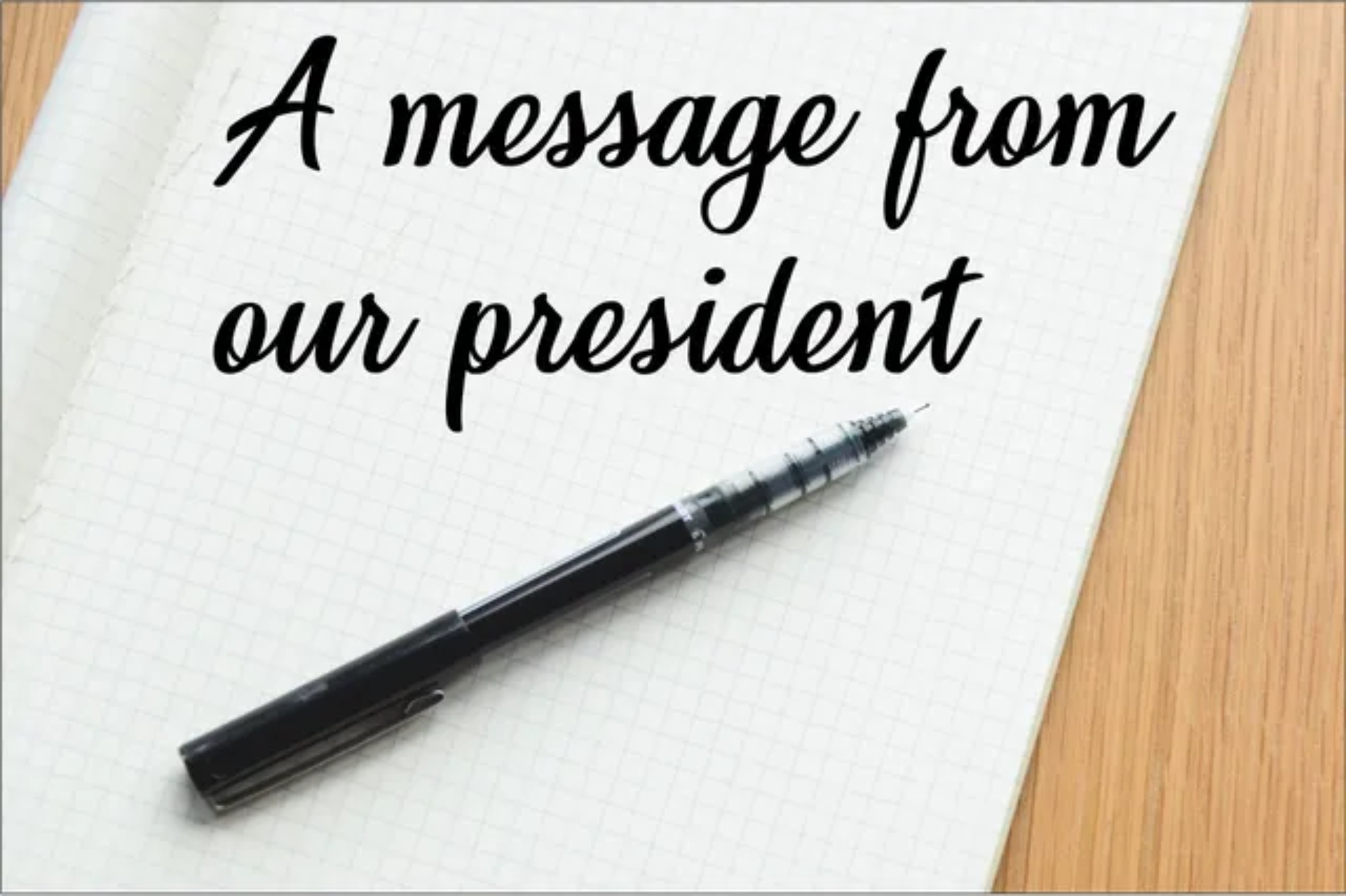Choosing the Right Mortgage for Right Now
Ah, Spring! The flowers and trees are beginning to bloom, the birds are singing, more rain than sun, all the joy of a Midwest change of seasons. Another rite of passage that comes with Spring is the search for new homes. In Illinois, like many other parts of the country, people start to think about and explore options related to purchasing a new residence.
Unlike a lot of previous Spring buying seasons, 2024 is shaping up to be a challenging year for home buyers due to the increased interest rates and lower inventory of homes for sale. I don’t know much about the inventory issue, but I wanted to take the next few moments to discuss financing that purchase of your new “dream home”.
When it comes to mortgage options, our current financial world provides no shortage of choices and those choices come with many more choices and options. Perhaps it is best to discuss some of these options in the hope of simplification and comparing apples to oranges and bananas. There are many government-based programs from FHA to VA to USDA, and I don’t wish to dig into these options as they have their own specific requirements and downpayment processes. For the purposes of this short article, I want to focus on conventional offerings within the mortgage tree – namely Fixed Rates, Adjustable Rates and Balloon Mortgages.
Let’s begin with the Fixed Rate options…traditional mortgage offerings come with traditional terms of 15, 20, and 30-year amortizations that have a specific rate that works out into full payment within the specific term. In today’s market, these rates are tiered from the lowest rate at 15 years up to the highest rate at 30 years. As of the time I am writing this blog, the 30-year rate is around 7.30%. While this is “historically” speaking a pretty reasonable rate, most people are dealing with the sticker shock of having a previous mortgage that is half that rate (3.35-3.50%) in that last 5 years. The real positive side of the Fixed Rate is that there are no changes during the loan term. The rate you receive at the start is the rate that you pay until the loan is paid in full or until you refinance the loan at some future date. There is a significant cost certainty for you as a borrower and minimal risk that your mortgage will change on a monthly basis.
Another option is the Adjustable-Rate mortgage. Within the world of Adjustable rates there are many options ranging from 5/1 (5 years fixed with adjustments every year after) to 3-year adjustable (fixed term for 3-year increments), to one-year adjustable (changes every single year). These loans are perfect for short-term homeowners, the borrower that is going to be in one location for a short period of time and then look to move to another area. Short-term buyers may be in the market for a starter home today with an eye toward a different home in the near future – think about someone just starting out in a new career, maybe a single person looking at possibly marrying and starting a family in the next 5-7 years, they don’t plan on being in this home forever. The lower starting point on an adjustable mortgage may fit their needs perfectly for this “first” purchase, and may give them the opportunity to balance a new job/income against the learning about living in this first home and the costs associated with ownership. Currently, you can find a 5/1 ARM at about 6.5%, which would be a savings to the budget even with the upside rate risk compared to a 30-year fixed rate loan. Adjustable-rate mortgages are NOT for everyone and should be considered with your eyes wide open – they can go UP. It is wise to have some serious discussions about the risk before you jump into an adjustable-rate loan. It’s a good idea to know how the adjustments work before you sign up for the lower payment.
The final option is the Balloon Mortgage, and this loan is a hybrid of sorts. The balloon typically has an initial fixed rate from up to 15 years in length followed by a second period of time in which the loan would be rewritten to complete the term of the loan. A balloon, therefore, has an amortization term that sets the payments along with a final payment at the maturity of the first period. For example, the balloon mortgage would start the term of 15 years at today’s rate of 6.75% and have a fixed rate period that carries the borrower to year 15. At year 15, the loan is subject to being refinanced at whatever the prevailing rate is at that time. You receive the surety of a fixed rate/payment for the first 15 years, without the risk of the adjustable and for a lower rate than the 30-year fixed rate.
A couple of final thoughts…first, most people are in their homes for, on average, 9 to 11 years, which means that the balloon mortgage is a pretty reasonable option versus the adjustable and at a lower overall cost than the 30-year fixed rate option. Secondly, the all-in costs that you would expect to pay are typically lower at your local community bank than they are with some of the large national lenders that you see in advertisements. Remember that the costs you pay to obtain your loan will also affect the overall value of the loan type that you select. All in all, I wish you the best as you look for a new home is this current real estate market – patience and a little bit of questioning will insure that you receive the best possible deal for yourself and your future financial pursuits.
Michael Herzog
President









